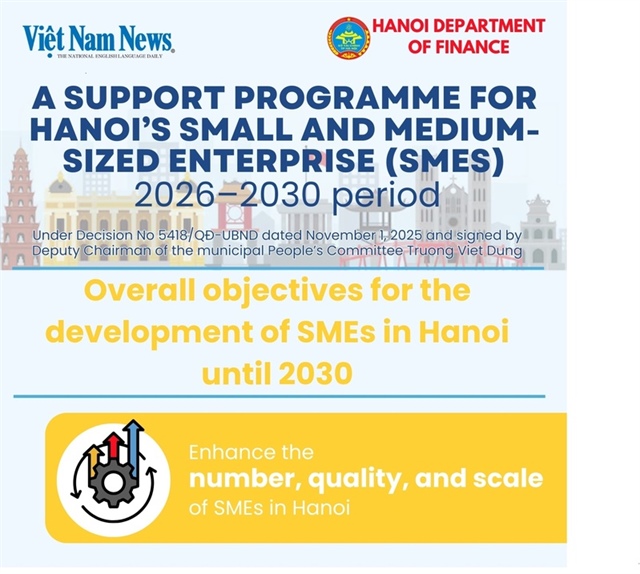Consumer confidence remains stagnant in 2024
Consumer confidence remains stagnant in 2024
The reality of a slow recovery and increasing inflation has left consumer confidence stagnant in Vietnam in 2024, according to a report by IFM Research.

The report pointed out that consumer confidence has dropped somewhat in 2024, fuelled by the real estate bubble burst, reduced exports, increased unemployment, reduced wages, and inflation. This does not bode well for 2024 consumerism.
A key measure of consumer confidence is the ability to save money. 55 per cent of consumers noted a decline in savings, while only 28 per cent experienced increased savings, marginally better than in 2023.
Meanwhile, 31 per cent of customers have taken out loans in 2024, a sharp decline on-year. Vietnamese banks and consumer credit companies make up three-fourths of the loan sources, while friends and family have declined sharply. Half of all loans are for immediate survival and paying off debt, a 5 per cent reduction from 2022.
According to the report, consumers are playing it safe, investing in bank savings and gold, while real estate and new car purchases have seen a rapid decline. However, major growth is anticipated for funds, cryptocurrency, and forex trading.
In terms of economic recovery, only 25 per cent believe recovery will happen in 2024, compared with 55 per cent in 2025, and 20 per cent believe it will take longer.
Household utilities top the list of overall growth in terms of spending for 2024, which is not a good sign. Meanwhile, education and food and beverages will see the biggest growth in spending in 2024, followed by healthcare. Meanwhile, entertainment and dining out, home appliances, and personal electronics will suffer.
Online spending should increase in 2024, though spending fell in 2023, aligning with downtrading retail trends. TikTok has been impacting online spending in the past 12 to 18 months and garnering a significant market share in a very short timeframe.
Online shopping and more traditional formats such as wet markets and mother and father stores are the only retailers that should see any increase, but marginally. Shopping malls have continued to struggle this year.



























